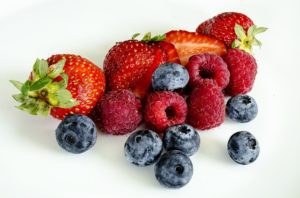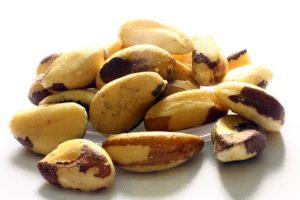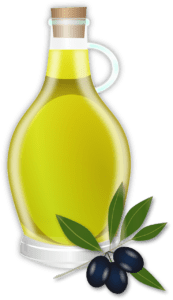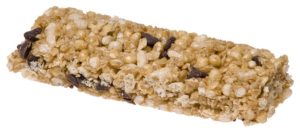3 Major Macronutrients
These three major Macronutrients or macro foods supply the majority of the nutrients that your body needs to survive and enjoy a healthy lifestyle.
- Protein
- Carbohydrates or Carbs
- Dietary Fats

Protein
Protein comes from chains of 22 amino acids, 8 of which are essential as your body can’t produce them. While the other 14 are non-essential because your body produces them.
There is an unlimited number of protein kinds as they can be manufactured from any number or combination of the twenty-two amino acids.
Two Types of Protein
Complete proteins
Contain all 8 essential amino acids and are found in high-protein foods like meat, fish, and chicken. A whey protein shake can also be a great option for a weight-loss diet.
Incomplete proteins
They don’t contain all the 8 essential amino acids and are foods like legumes, lentils, and chickpeas.Aside from playing a major role in producing and preserving healthy cells, they have other essential roles in the body.
Protein assists in synthesizing enzymes, antibodies, and hormones, helps clot blood, and controls several critical processes in the body.
Protein is also vital for the production of immune cells.
Carbohydrates or Carbs
Carbohydrates are made from oxygen, hydrogen, and carbon and can be
- Complex Carbs – Holding three or more sugars
- Simple Carbs – Holding 1 or 2 sugars.

Besides being a terrific energy source, carbohydrates are also a superb source of phytonutrients that protect one’s body from free radical injury and vitamins.
While most of this macronutrient supplies one’s body with energy, fiber (or cellulose) is the exclusion from the rule.
Fiber is a complex carb that can not be digested & instead of presenting energy, it keeps the glucose levels in the blood under control, promotes regular bowel movement & protects one from various diseases.
Dietary Fats.
These Macronutrients are produced from a mixture of hydrogen and carbon.
4 Major Kinds 0f Dietary Fats
- Saturated fats
- Monounsaturated fats
- Polyunsaturated fats
- Trans fats
With the exclusion of man-made trans fat, all dietary fat can be advantageous to one’s health and has several roles in the body.

Monounsaturated Fats
These fats are considered healthy fats and are a part of many established diets like the Mediterranean diet.
It can help reduce bad LDL cholesterol levels and even increase your good HDL cholesterol levels.
They keep your blood glucose levels under management while protecting against cancer.
Food Sources Rich in Healthy Monounsaturated Fats
- Olive oil – Preferably cold pressed or organic
- Avocado – Also provides various vitamins, minerals, and dietary fiber.
- Nuts – Such as almonds, cashews, pistachios, and macadamia
- Seeds – Like pumpkin seeds and sesame seeds,
- Animal fats – Like chicken and turkey breast
Polyunsaturated Fats

These oils are considered essential fats and must be sourced from our diet.
Polyunsaturated Fats are Divided into Two Main Categories
- Omega-3 fatty acids are known for their potential health benefits, including anti-inflammatory properties, cardiovascular support, and brain health.
- Omega-6 fatty acids: These are vital for good skin health and overall cellular function. Sources of omega-6 fatty acids are some vegetable oils and various nuts and seeds.
Polyunsaturated Fats are essential for brain health and for keeping your bones strong, good vision, and healthy skin.
Saturated Fats
Saturated fats are composed of saturated fatty acids and have a solid structure at room temperature.
.
Common Sources of Saturated Fats
- Fatty Meat: Like Beef, Pork, and lamb,
- Poultry Skin: The skin of the chicken is rich in saturated fats.
- Full-fat Dairy Products: Cheese, butter, cream, and whole milk,
- Processed Meats: Like Sausages and bacon
- Coconut Oil
- Baked Goods: Like pastries, cookies and cakes
While there is some evidence linking excessive consumption of saturated fats to increased risk of heart disease, the relationship between dietary fats and health is complex.
Saturated fats support your vital organs, keep the immunologic system healthy & strengthen one’s cell membranes and bones.
Trans Fats

- Naturally Occurring Trans Fats: Found in small amounts in some animal products,
- Artificial Trans Fats: These types of trans fats are produced through partial hydrogenation of vegetable oils. Artificial trans fats are widely used in the making of processed foods.
Hopefully, this article has helped you discover a little more about these 3 Macronutrient types and the importance of including all of them as part of a healthy diet.
